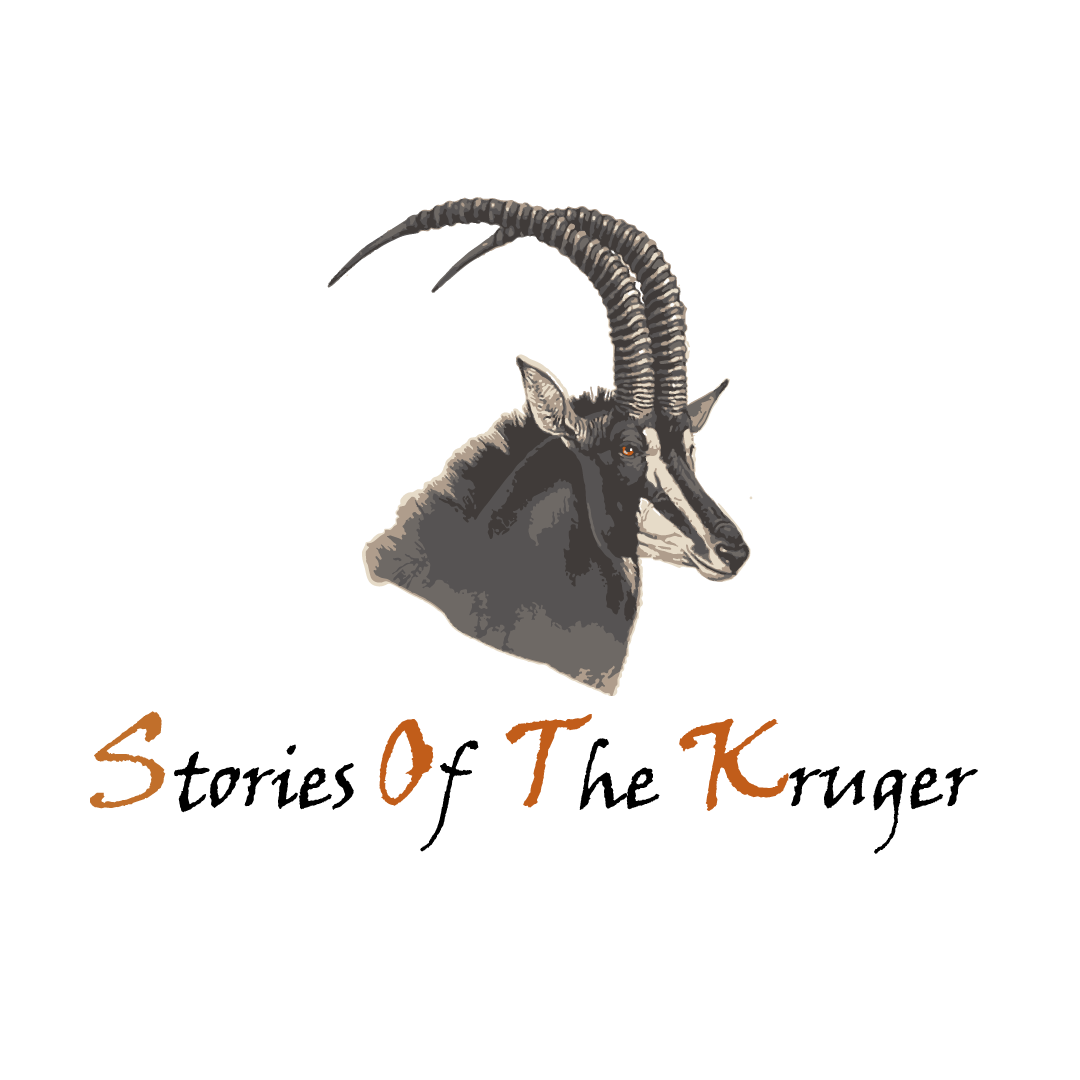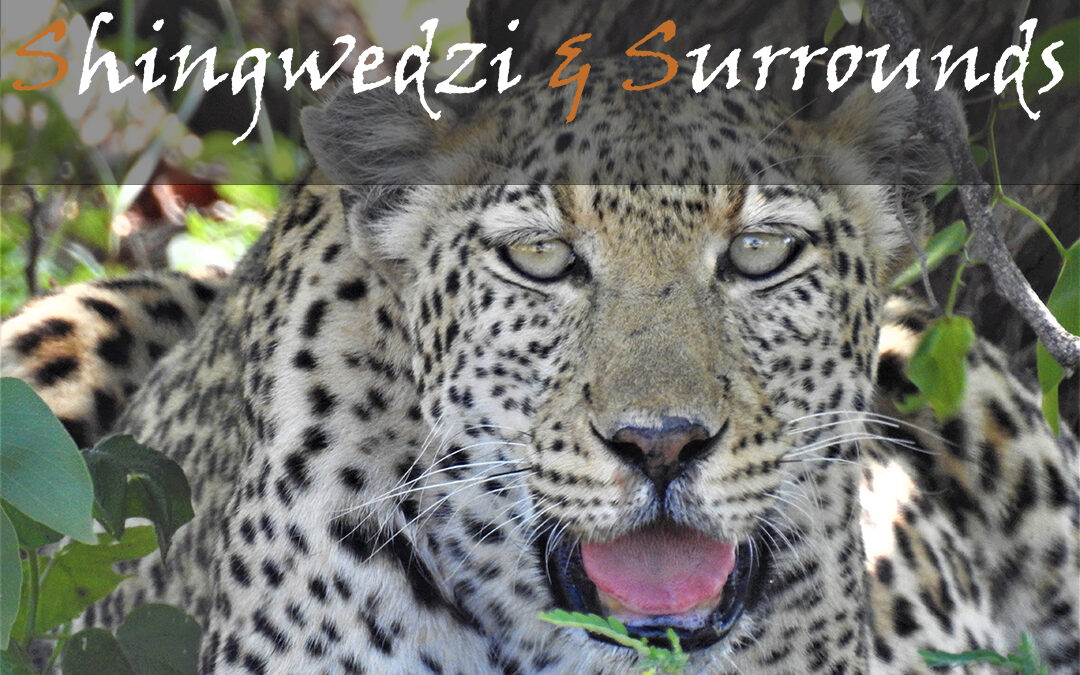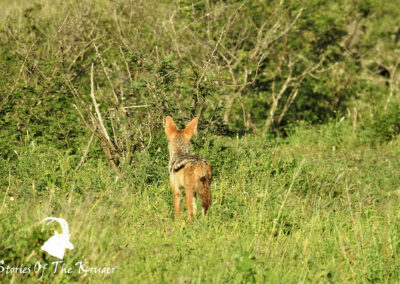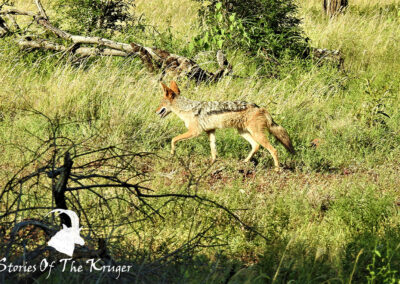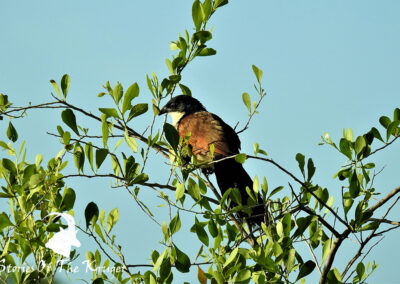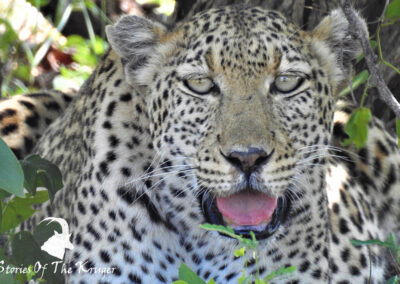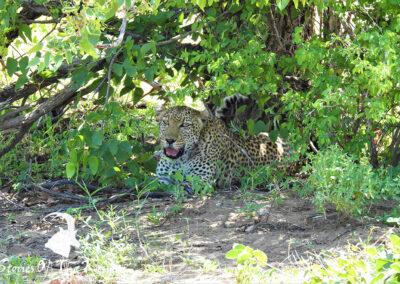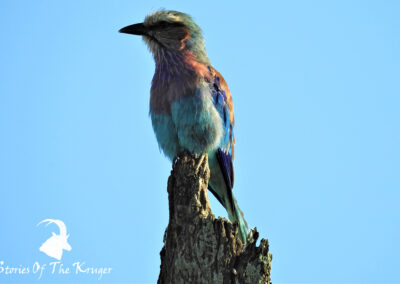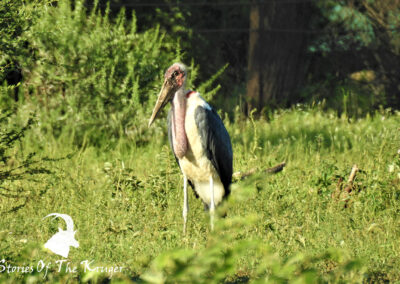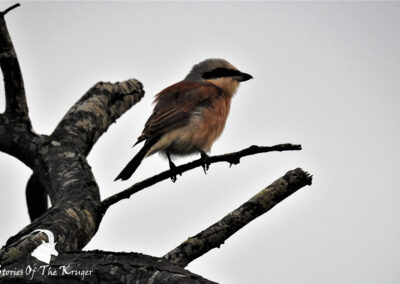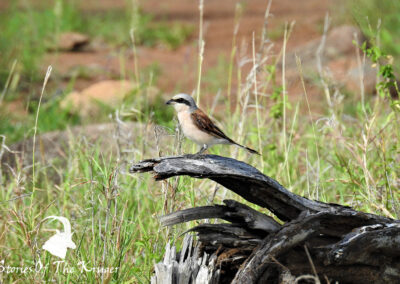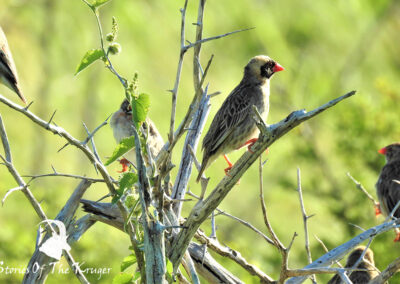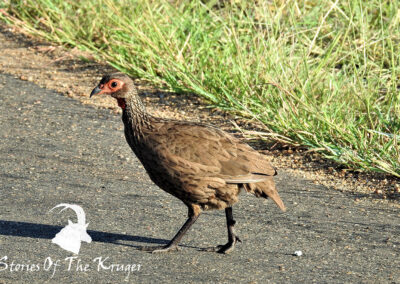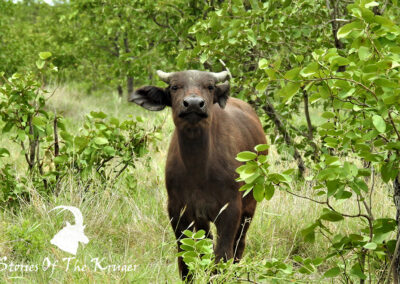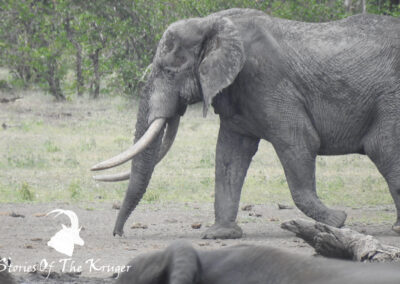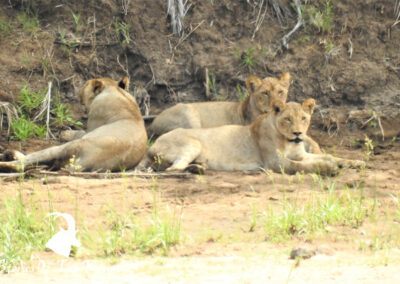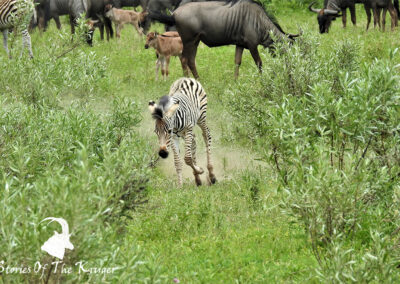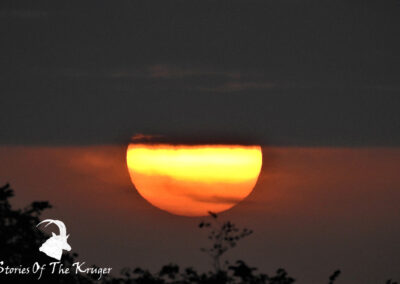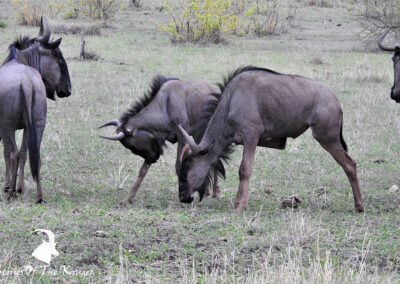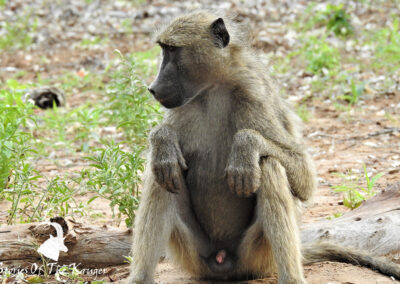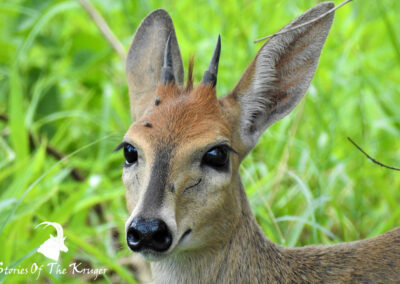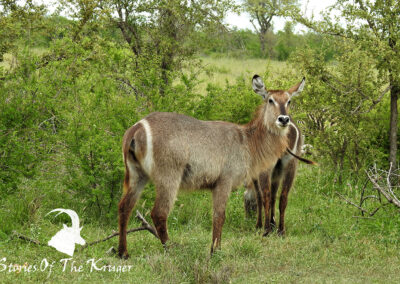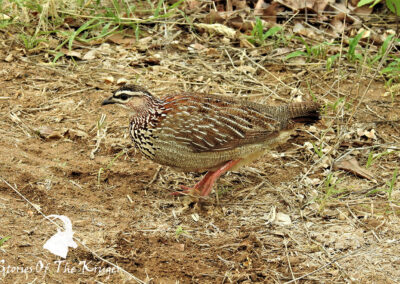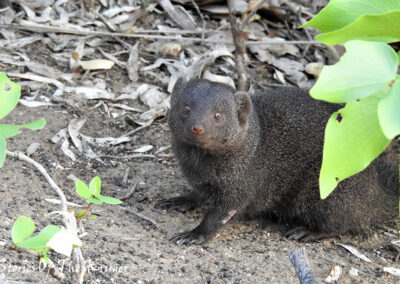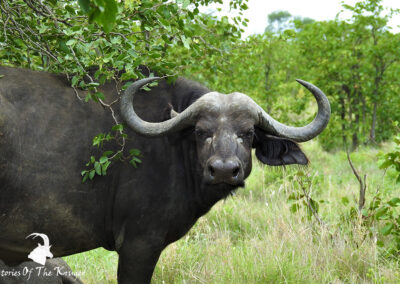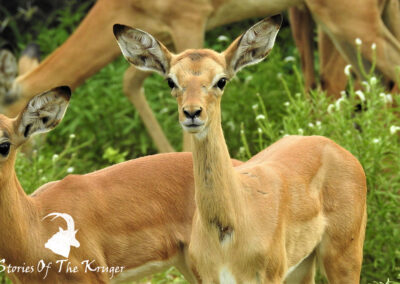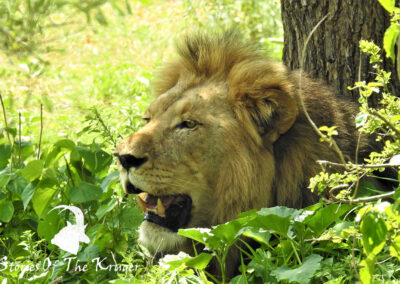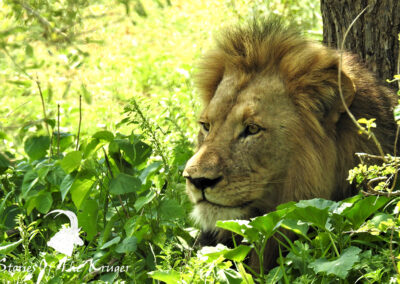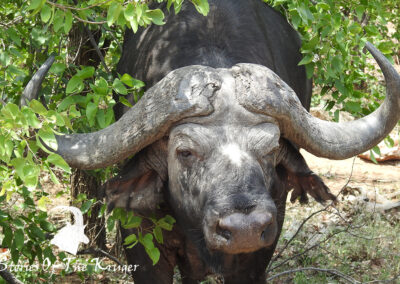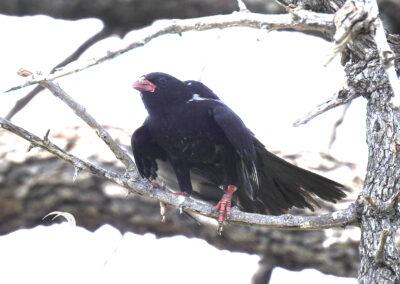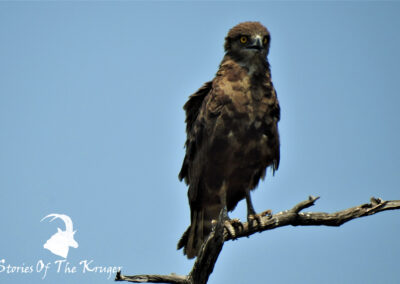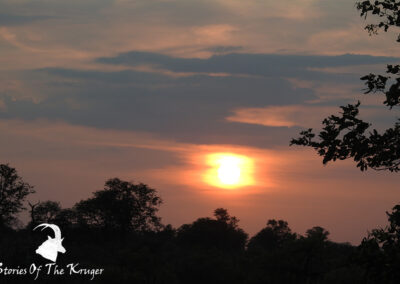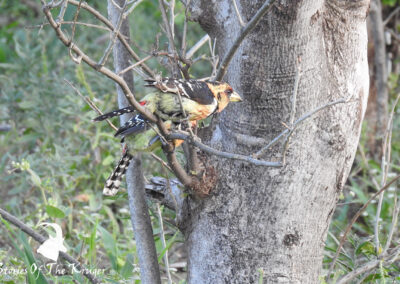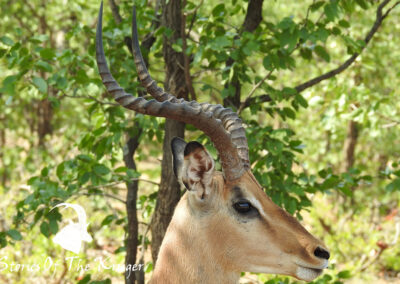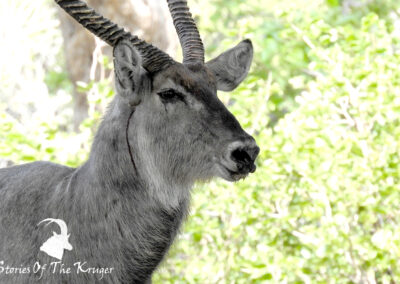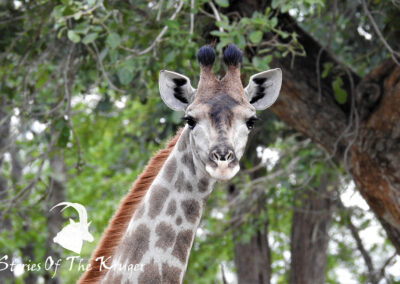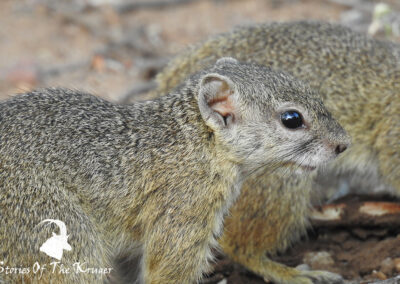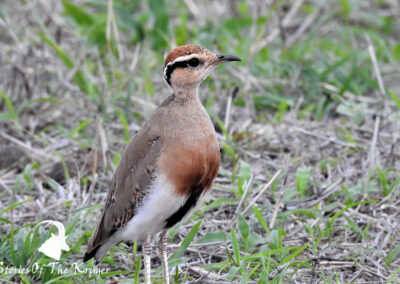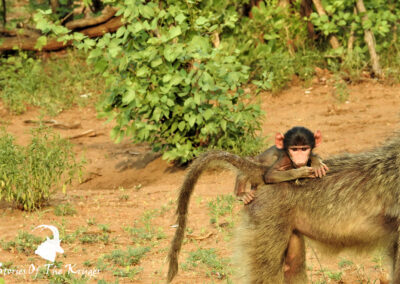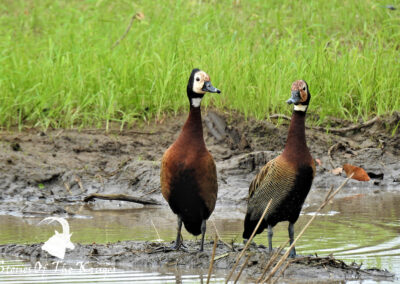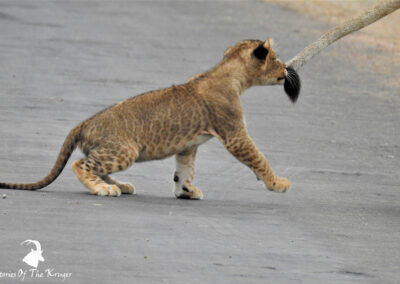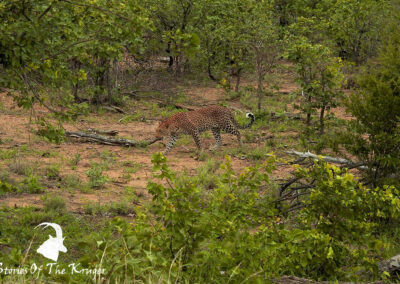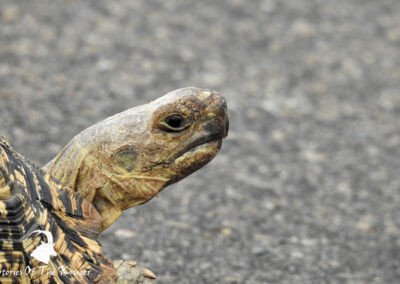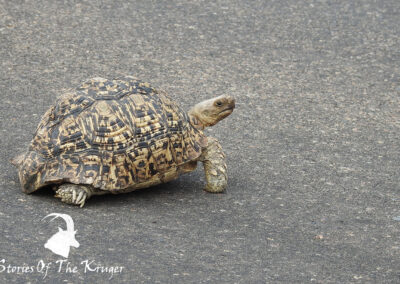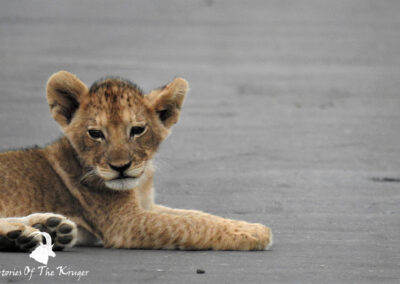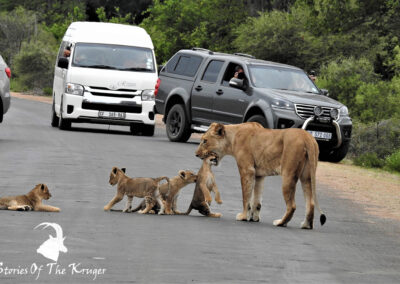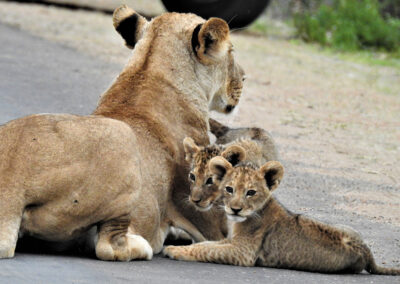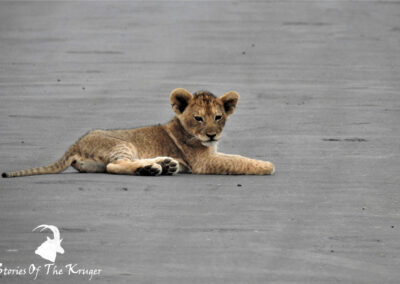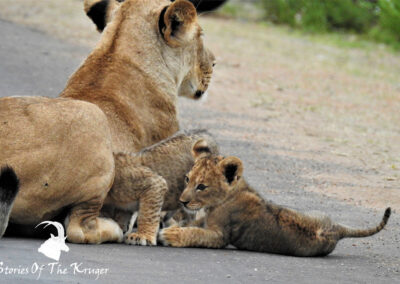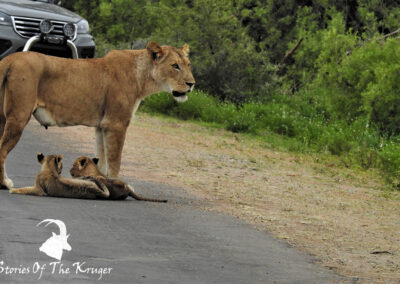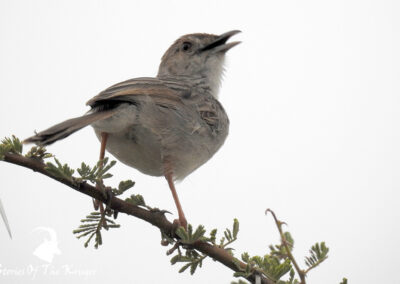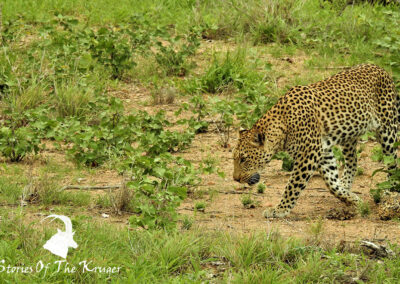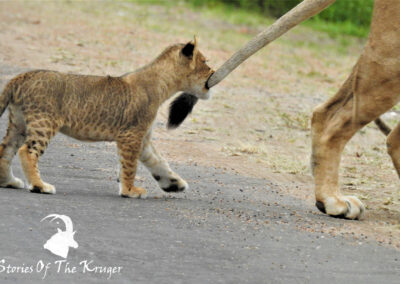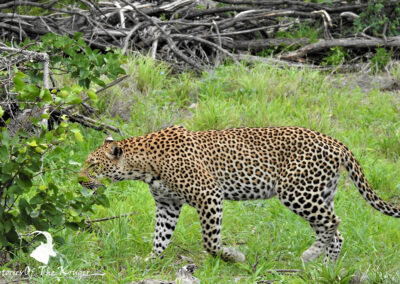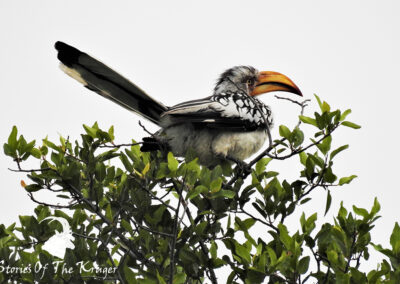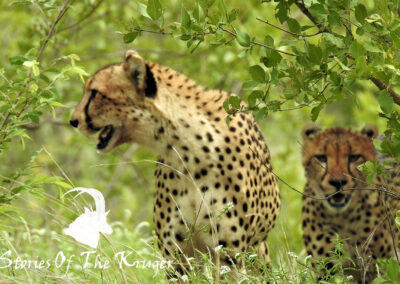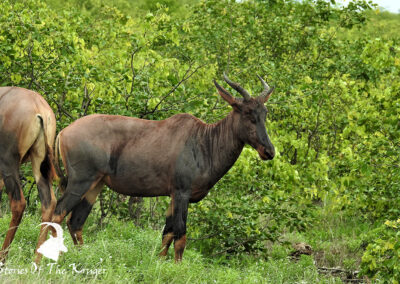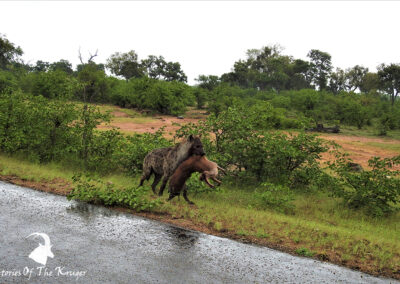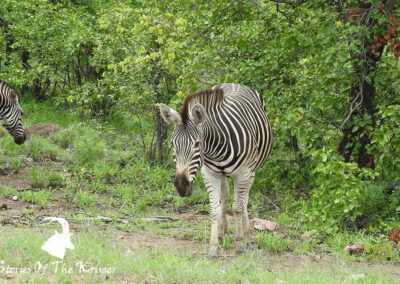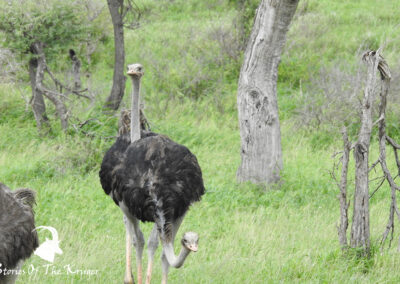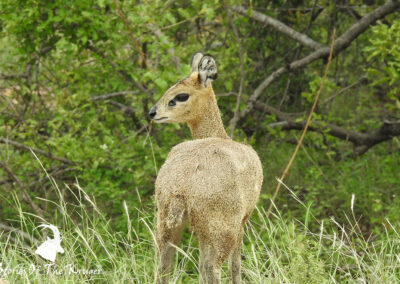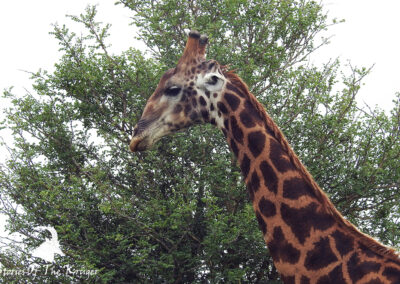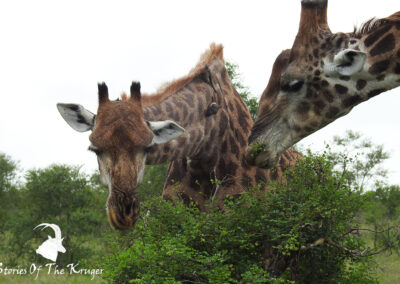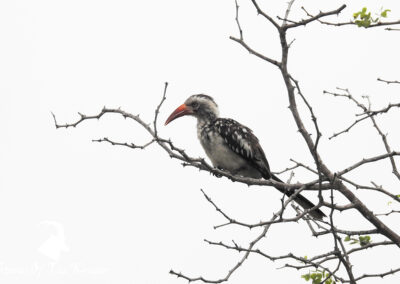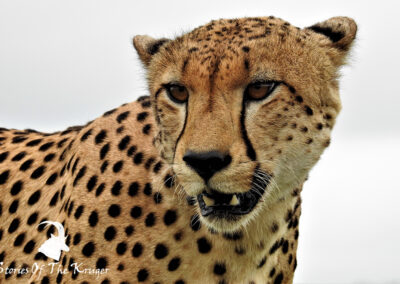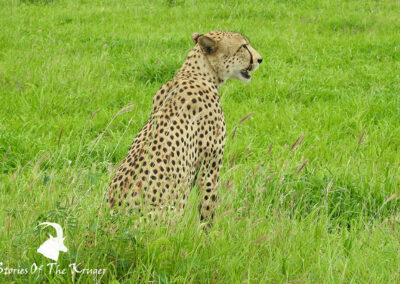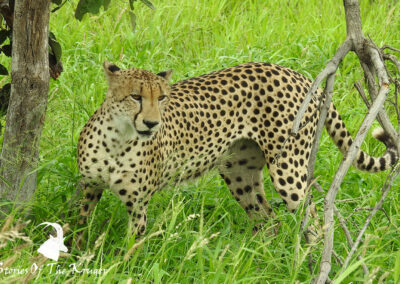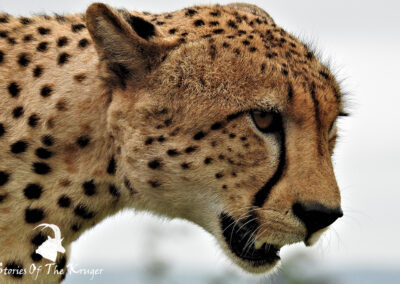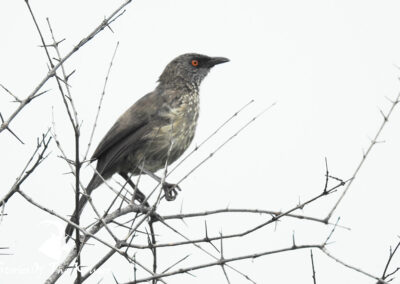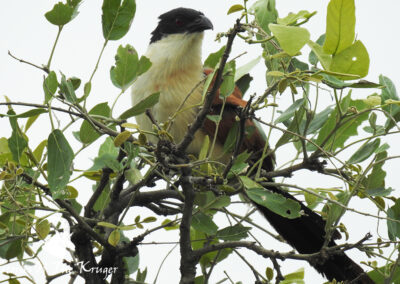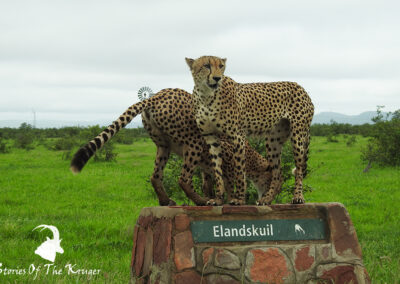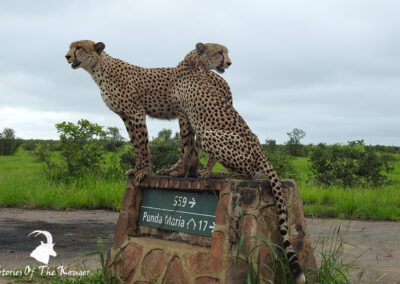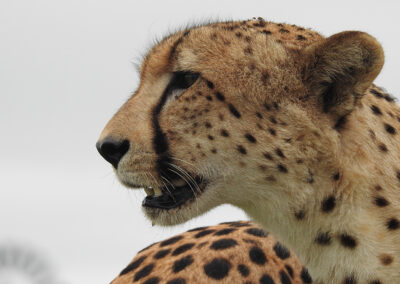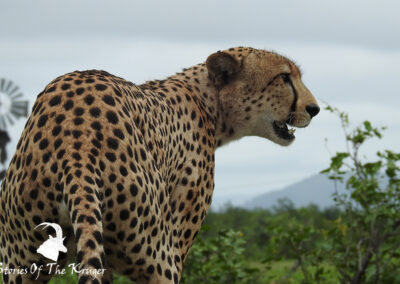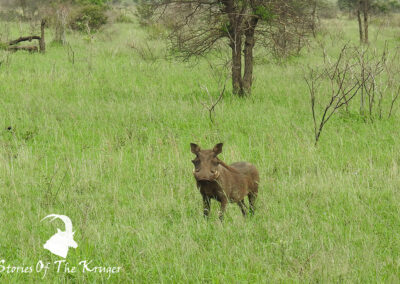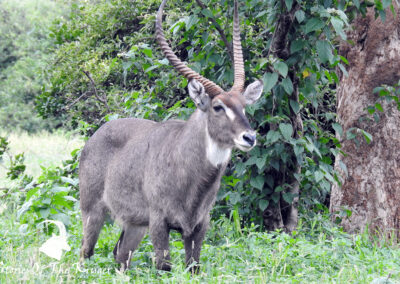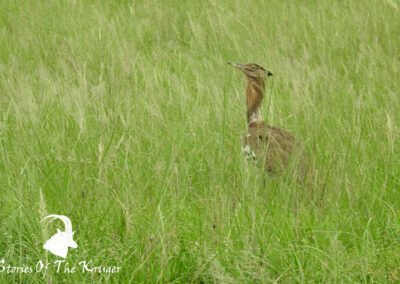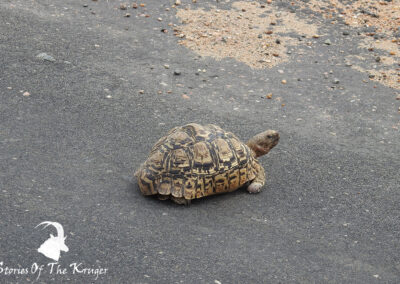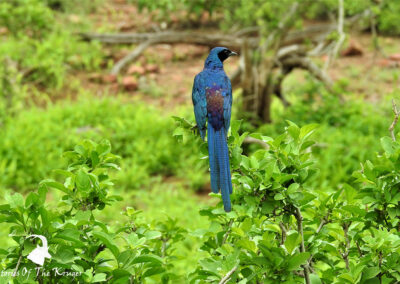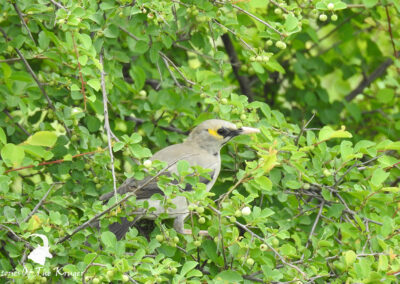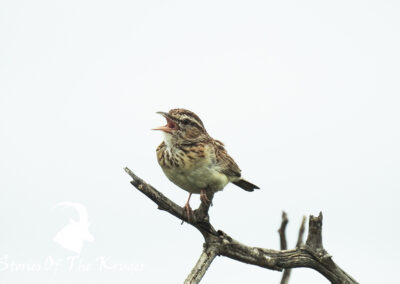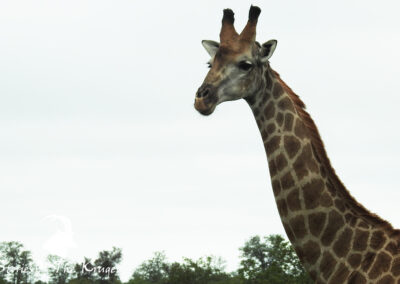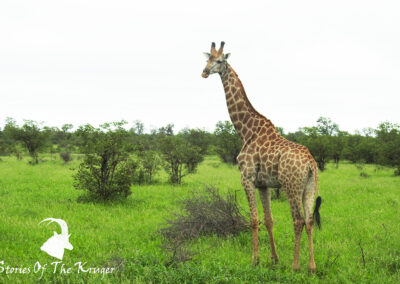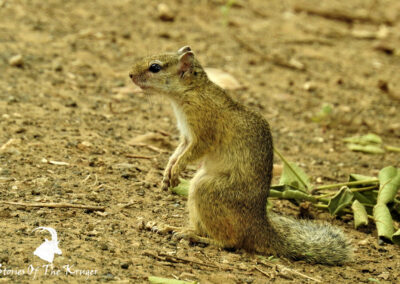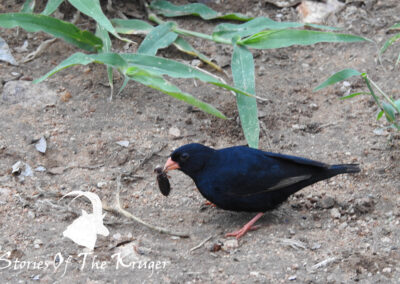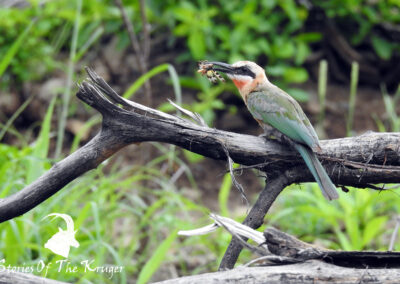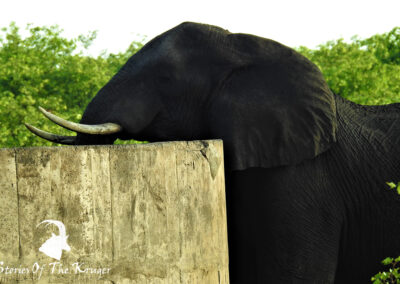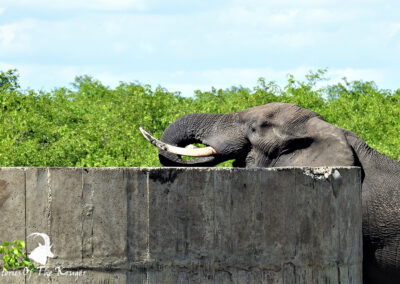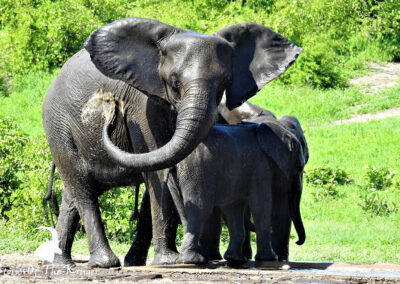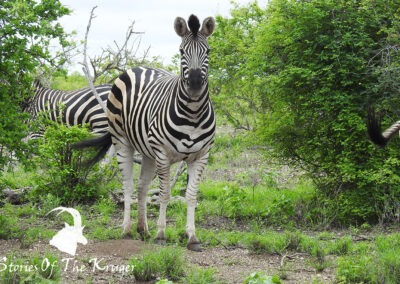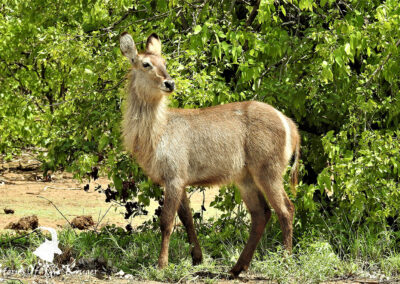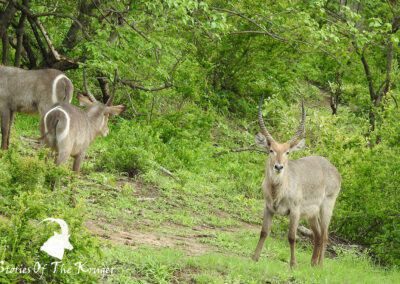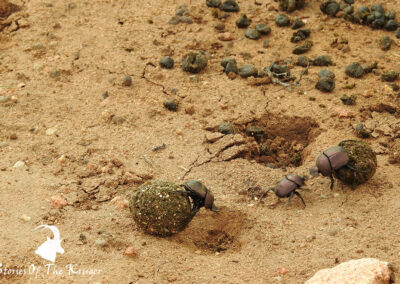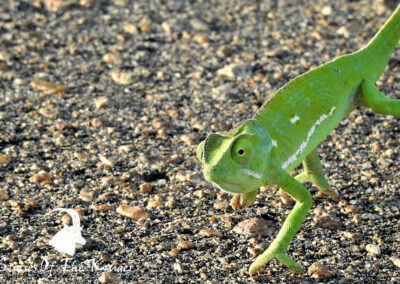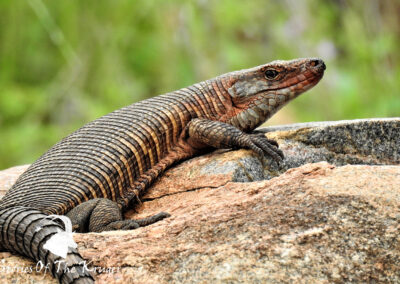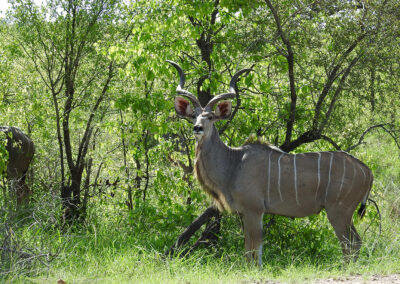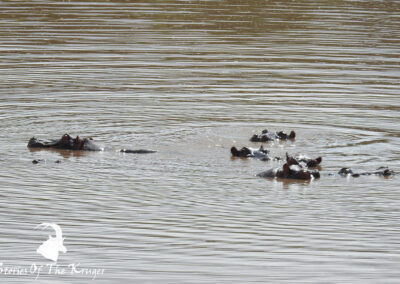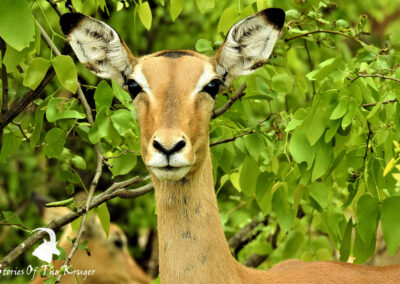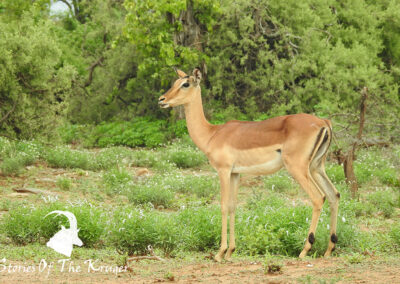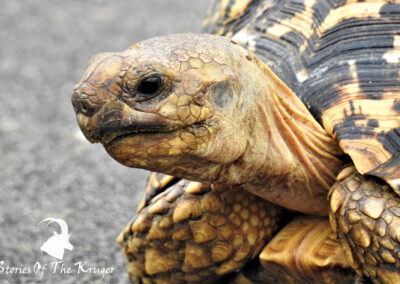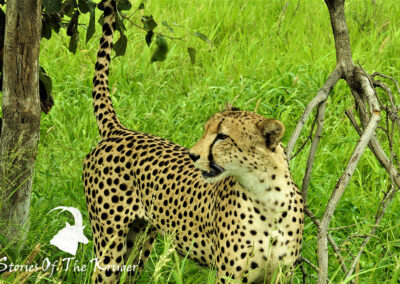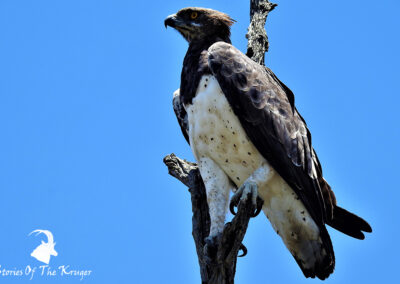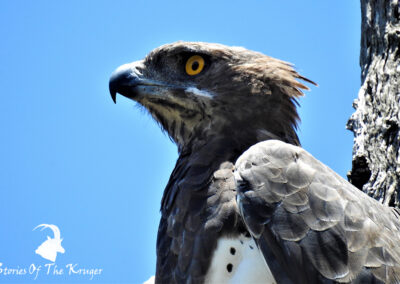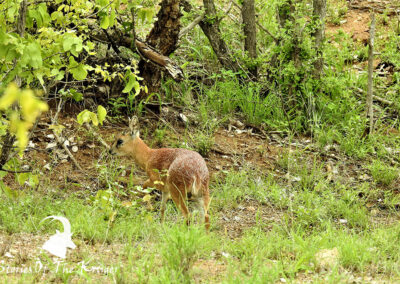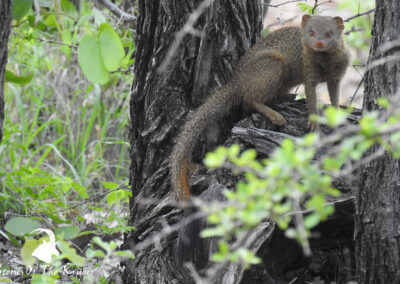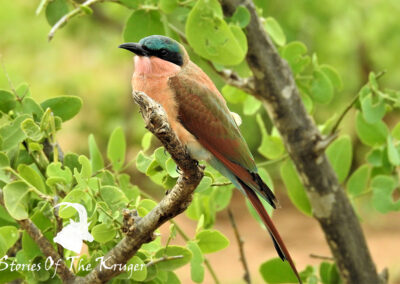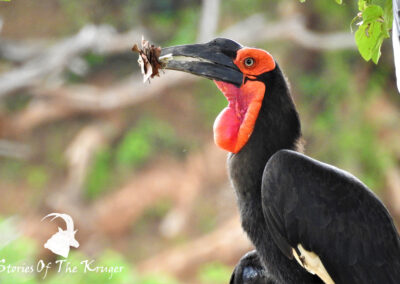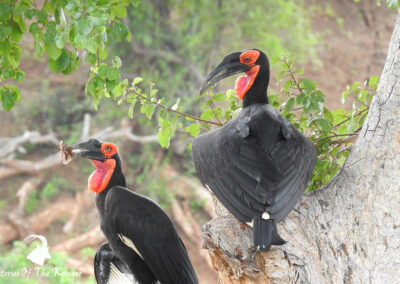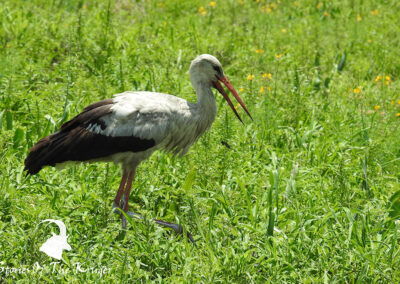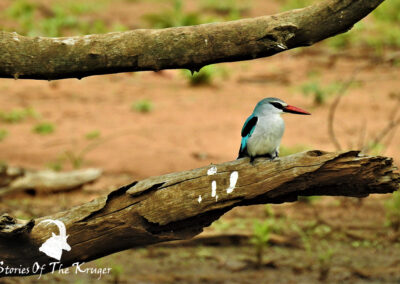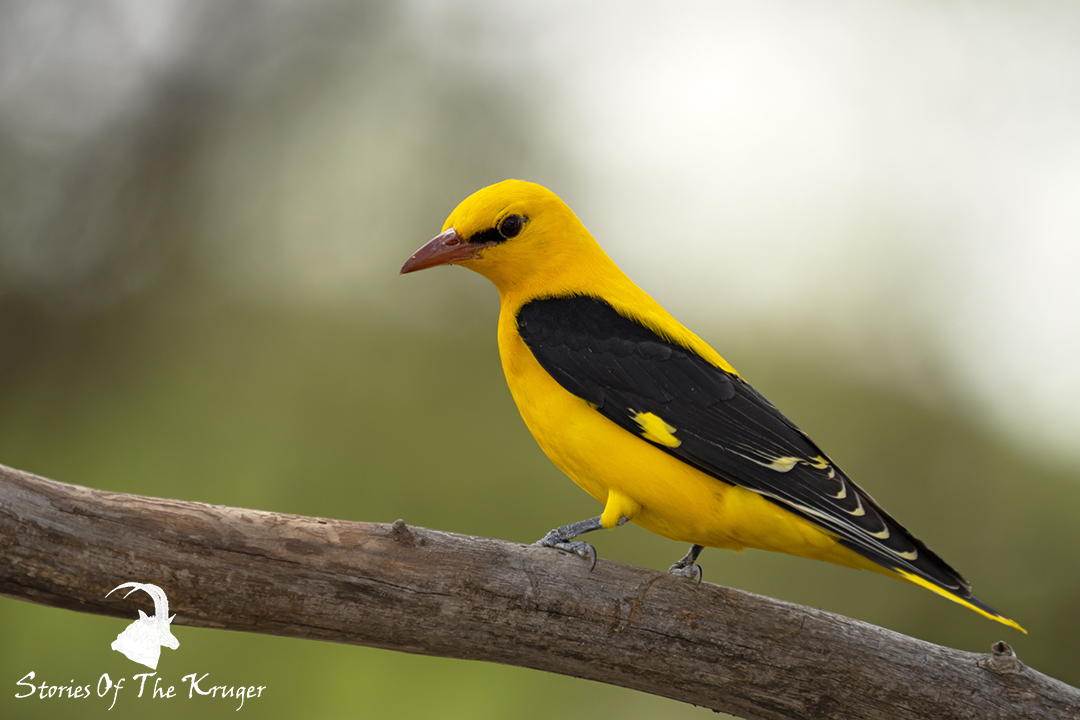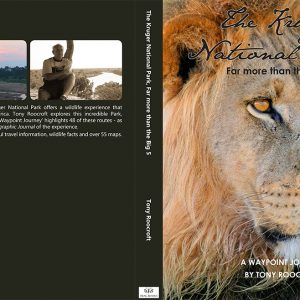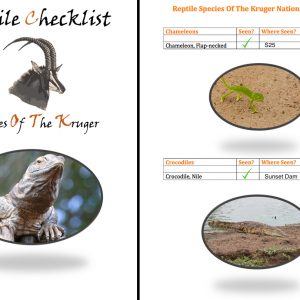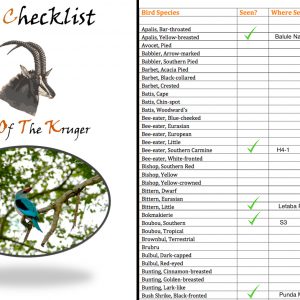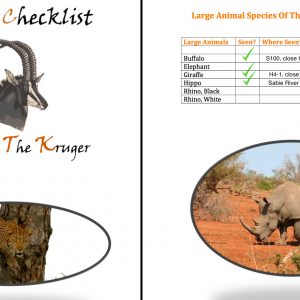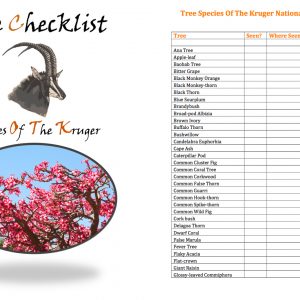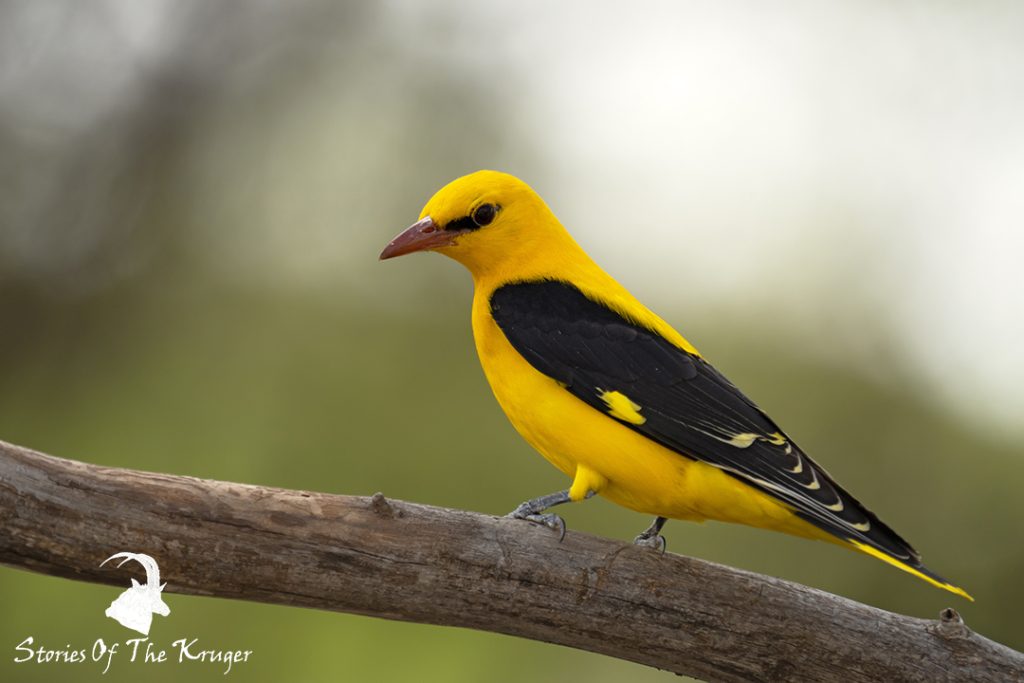Shingwedzi Game Viewing & Bird Watching – The Complete Guide
Shingwedzi Game Viewing: This post is aimed to be the complete guide to game viewing and bird watching in the Shingwedzi region of the Kruger National Park. We have spent weeks in the Shingwedzi area, and this post has over 100 amazing photographs for you to look through as well. It’s never easy to say you are writing “the complete guide” to an area of the Kruger National Park. Seasons change, and different things happen, so this is just our guide to the Shingwedzi area, and we hope this will help you find wildlife, whether you are a birder or a big cat lover.
Shingwedzi is rich in wildlife and is a very underrated spot to search for all the creatures that can be found in the Kruger National Park. Not many people rate the Northern Kruger as a good area for large game. This could not be further from the truth. You can read our various blogs on game viewing in Punda Maria and our best Cheetah sighting ever, all happened in the north. The Shingwedzi area is well known, contrary to popular belief, for Lion and Leopard. This is a great area to search for these big cats. Besides that, you have a chance of seeing rare animals like:
- Caracal
- Honey Badger
- African Civet
- Tsessebe
- Eland
- Roan Antelope
- Sharpe’s Grysbok
- Common Reedbuck
Drive slow in the Shingwedzi area, and you will be rewarded. The birding is also fantastic and there are a large number of Southern African Rock Python in the area as well. The Shingwedzi area is a magical place, from Mopani all the way through to Sirheni!
Shingwedzi Game Viewing – What We Have Seen
Wow… Where do I begin? I have been visiting the Shingwedzi area since 2004 and I have seen some amazing things. Just bear in mind, the photographs on this page are just from the last two trips, and there are hundreds more. We have seen Leopard very often around Shingwedzi. There are two sighting situations that stand out. The first one was around Mooiplaas. We went out for an early morning drive, just around the Mopani Camp area, and we saw 3 Leopard in 30 minutes. They were all in the road and provided great photographic opportunities, unfortunately those pictures were lost on a hard drive. But I have smartened up since then. The second memorable sighting was over two days. If you look at the top of this blog post, the featured image, that was a male Leopard in 40 degree heat just 2 kilometres from Shingwedzi camp. The next morning, which was an early one, we saw two female Leopards very close to where we saw that guy, and they were just 700 meters apart! It is such a rush and so incredible to have active sightings of Leopards, and to be honest I feel like I have been really unlucky with Leopards in my time in the Kruger National Park. I estimate there to be 5,000 Leopard within the Greater Kruger National Park, although many a census says there are only 2,000. My best sightings of Leopard have all been in the Shingwedzi area, despite the Southern Kruger Park being well known for its fabulous Leopard sightings.
One thing you will also notice from the photographs is the abundance of African Buffalo and Elephant. I have had so many great sightings of Tsessebe in and around Shingwedzi. These are rare antelope, and there are probably only around 300 in the whole of the Kruger National Park. As mentioned above, Lion are very well established in the area. I have seen Lions on Night Drives and seen them with cubs in the road right by Shingwedzi. I have also seen them on the dirt roads. There must be a large number of prides around Shingwedzi. One of the most amazing experiences was when we were eating dinner at the restaurant, and the river was just puddles at that stage. It was December and the rains had not come yet. I watched a Lioness stalk a Waterbuck. She missed the opportunity and the small herd of Waterbuck ran off, but with the floodlight from the restaurant we were able to witness the hunt while we were eating our dinner. Truly amazing!
Besides all the big game, there are a variety of small mammals that can be seen, and sometimes these sightings are even better! The birding in the area in magnificent. A few birds that come to mind thinking back on the wildlife watching I have done, have to be the following:
- Temminck’s Courser
- Village Indigobird
- Brown Snake Eagle
- Martial Eagle
There are so many raptors around the area, especially on the dirt roads, on the dead trees. I have seen Gabar Goshawk in the area and even photographed a Woodland Kingfisher in May one year. They normally migrate back to Eastern Africa by the latest, the end of March. Needless to say I was scratching my head and looking for colour variations of Striped and Brown-hooded Kingfishers to see if it was one of those!
Reptiles are a common sighting, and you can see a variety of Lizard species, both big and small, all over the Shingwedzi region. The areas around Mopani have proven to be good for Snake sightings, and then the dirt roads around Shingwedzi often yield Giant Plated Lizard and Rock Monitor. Hinged and Leopard Tortoise can be seen walking in the roads, especially after a bit of rain or drizzle.
Shingwedzi Game Viewing – The H1-6 Tar Road
The H1-6 tar road connects Shingwedzi to Mopani. This road can be spectacular, but I would not advise driving it in the middle of the day. The reason being is that the thick Mopane bush tends to hide birds and animals, so you do not see too much during the hotter Summer months. In general you are likely to come across a few herds of Elephants and big herds of Buffalo. This always provides fantastic photo opportunities, especially where the Elephants drink out of the reservoirs. It is really interesting to watch. There are lots of Jackals and Birds of Prey on this route, so that can be something to keep you entertained. If you drive slowly you will have a chance of seeing the shy and small Sharpe’s Grysbok, a beautiful antelope species.
The Grysbok and Bowkerskop waterholes are some of the best places in the Kruger National Park to see Roan Antelope and Tsessebe. Driving between the two waterholes can sometimes yield Roan walking across the road.
Shingwedzi Game Viewing – The H1-7 Tar Road
The H1-7 between Shingwedzi and Babalala is a very nice road to drive, especially early morning. You can often encounter Lion and Leopard and there is a massive chance of seeing Eland. This is the only part of road in the entire Greater Kruger National Park where I have seen Eland. There are a lot of Yellow-billed Oxpecker that tend to sit on Impala, Buffalo and Kudu on this route. This area also holds a fair amount of Cheetah, and you can see them if you are lucky. Cheetah are not very common in the Kruger Park, and the Cheetahs of the Northern Kruger are even more rare, but this is good habitat for them. There are also Roan, Tsessebe and Sharpe’s Grysbok along this road. Honey Badger and African Civet can be seen in the day time here, and there have been a number of sightings of Caracal around Babalala.
This is a good spot for rare animals. You can also see Broad-billed Roller and the more rare woodland bird species. Boyela waterhole is somewhere where you should park for 15 minutes or so. Lion and Wild Dog frequent this body of water, and you never know when it is your lucky day!
Shingwedzi Game Viewing – The Dirt Roads
There are a number of dirt roads around Shingwedzi, and arguably they are better than the tar roads mentioned above. The Mphongolo Loop will be discussed below, this is an amazing dirt road.
The S134 around Shingwedzi does have a resident male Leopard, and quite a lot of general game and some amazing birds. It is a short route, but worth the detour.
The Red Rocks Loop, or R52 (According to the various maps, it might be the S52), is a great drive. There is so many animals and birds when you drive this road, and everything is possible. There are some well adapted Leopards on this loop, and by that I mean they are not bothered by vehicles. This was also the first time I saw a Sharpe’s Grysbok. There are lots of Waterbuck, Buffalo, Baboon, Zebra, Kudu and a variety of others. It is a good road for all sorts of ground birds, and a number of Francolin/Spurfowl species can be seen here. Drive it slow, about 20 km/h, for the best viewing experience. It is a long loop, so give yourself time. If you are staying at Bateleur Bushveld Camp, this is the route you would travel to get there. Lions are also in the area, and smaller mammals and unusual birds can be seen around here. Stop at Tshanga and Red Rocks Lookout for a bit and admire the beauty.
There are so many dirt roads in the area, but I am mentioning the special ones, and I could mention them all, but some tend to be better than others. The last dirt road I will mention is the S50, that goes past Kanniedood Dam.
The S50 has a lot of predators on it, and I am talking about Lion and Leopard. I once drove the S50 and had 4 Lion sightings, and the beauty of being in the north is that for most of the sightings on the dirt roads, you are the only vehicle. It was beautiful. There are supposed to be Eland towards the south exit of the S50, as well as Roan Antelope, but I have never had the lucky. You can see smaller raptors along this route as well, and I have enjoyed great sightings of Martial Eagle and Bateleur here. Grootvlei Dam is a must stop. There are a few “tuskers” around this area, and they often come to drink at this dam. There are normally always Elephants there, and I have seen a pride of Lions on a Buffalo kill on the short road to the dam from there.
Honourable mentions would be the Tropic of Capricorn Loop and the Shongololo Loop. Also worth the drive if you have the time.
Shingwedzi Game Viewing – Special Mention: The Mphongolo Loop
The first thing that comes to mind when I think of the Mphongolo Loop, or the S56 as it is mapped, is Leopard and birds. This dirt road is an amazing route, and I believe there is a high population of Leopards along this road. We have encountered Leopard on numerous occasions. The S56 is the perfect habitat for Leopard, almost all the way through. Then you also have the chance of coming across Spotted Hyaena and Lion. Hyaena can be seen in the early morning on the road, and they do generally move off into the thicket when you come across them. They seem to be more timid than the other Hyaenas in the Kruger National Park. You also have the chance of seeing a variety of waterbirds in the dips you go through on this road. I had a great sighting of a male Black Stork foraging in a puddle in one of these dips. There are so many Hornbills along the Mphongolo Loop… Yellow-billed, Red-billed, African Grey, Trumpeter and Crowned. You get some amazing light for photography in Winter, both in the mornings and the evenings. There are Nyala here as well, which is quite nice because they are also not that common in the Kruger. It also provides the perfect habitat for Common Duiker and Bushbuck. I would love to drive this route at night with spotlights and see what you would come across. It has the potential for so many rare birds and animals.
Speaking about birds, without a doubt, and this might sound weird, but my favourite sighting ever on this road was a tiny bird species. It is known as the Village Indigobird, and one early Summer morning we found this beautiful little bird in the middle of the road eating a beetle larvae. It is literally indigo, or purple, with a bright red beak, and it was a lifer for me. I do not know if I will even see one again in the Kruger. There are so many birding opportunities on the Mphongolo Loop.
And that is it lovely people, I hope this helps you explore the Shingwedzi area and find what you want! If you want any advice, please feel free to contact us and we can point you in the right direction. We all want to make the best of our Kruger Holiday, so please do not be shy!
Check Us Out On YouTube
Subscribe to our YouTube channel and watch all our videos, listen to bird calls, animal calls and more!
